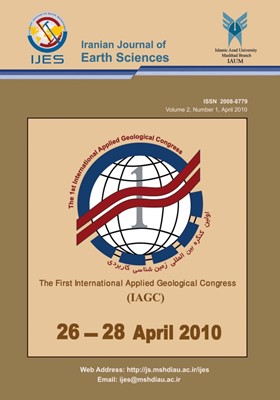Using remote sensing data and GIS to evaluate air pollution and their relationship with land cover and land use in Baghdad City
Subject Areas : MineralogyB. Mohammed Hashim 1 , M. Abdullah Sultan 2
1 - HAZMAT Office /Ministry of Science and Technology/Baghdad, Iraq
2 - P.O. Box 46019, AL Mustansiriyah University, Baghdad, Iraq
Keywords:
Abstract :
The research used the satellite image (Landsat 7 ETM ) within the thermal infrared sixth band (TIR6) and geographic information system (GIS) to determine the air pollution and its relationship with the land cover (LC) and land use (LU) of Baghdad city. Concentration of total suspended particles (TSP), lead (Pb), carbon oxides (CO, CO2), and sulphur dioxide (SO2) were obtained from 22 ground measuring stations, where the stations are classified into industrial, commercial and residential and are distributed within the city of Baghdad. The digital number (DN) corresponding to the sites of groundtruth stations for measuring air pollutants was converted to the values of the spectral radiation (Lr), brightness temperature sensor (T) and land surface temperature (LST) of the satellite image (Landsat 7 ETM +) within TIR6. The results indicated a significant correlation between air pollutants and satellite image data have also shown results of the spatial analyst air pollutants and the satellite image data by using GIS and supervised classification results. They show a relationship between the concentration of air pollutants and land surface temperature with the land cover and land use classification (LC, LU) for Baghdad city. The results of the research gives evidence of a link between air pollutants derived from the measurement stations of ground and satellite data within the range of Thermal IR.


